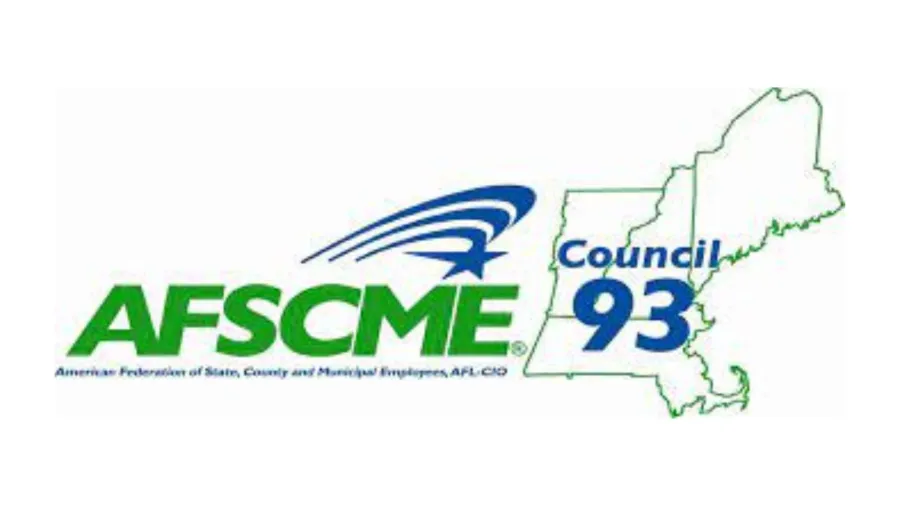Mental Health & Corrections Workers (AFSCME) Ratify Contract with Mills Administration; MSEA & Mills Remain at Logger Heads

Members of AFSCME Locals 1814, 1825, 2089, and 2968 working in state Mental health and corrections facilities have ratified a new two-year contract with the Mills administration. According to AFSCME Council 93, the new contract:
- Provides a 6 percent pay increase effective Oct. 1, and a 3 percent pay hike, effective July 1, 2024.
- A new higher pay tier that will give a 4 percent pay hike for those workers who have reached their maximum pay.
- Increases child care reimbursements
- Improves parental leave, bereavement leave and time off.
- Improves longevity pay and shift differentials for members who work in some of the most difficult direct care and corrections settings in the state.
The state and AFSCME Council 93’s negotiators reached a tentative agreement on Aug. 17, and the union’s membership formally ratified the proposed contract on Sept. 14, according to the governor’s office.
Mills Still Refusing to Budge in Negotiations with MSEA Members

However, the Mills administration continues to stonewall executive branch employees in negotiations with the Maine Service Employees Association (MSEA-SEIU 1989) whose contract expired in July. Last week, the administration requested third-party mediation to work through the dispute.
This week, MSEA members picketed in front of the Blaine House and at the Maine Department of Health and Human Services office on in South Portland to protest the Governor's refusal to bargain a fair contract. Speaking to the Maine Morning Star at a picket in Augusta, substance use prevention specialist Ellen Blake said her department has been struggling since the pandemic to hire positions.
“Everytime we get someone qualified they look at the wage and they’re like ‘I don’t want to live in a box,’” she said.
A 2020 study found that state workers in Maine are paid 15 percent less on average compared to what their public and private sector counterparts throughout New England receive for comparable work.
